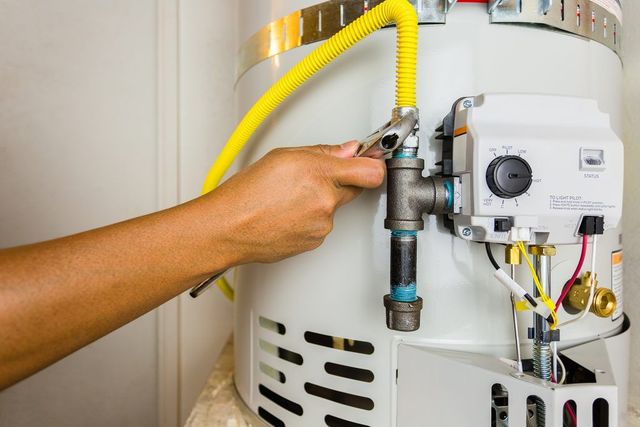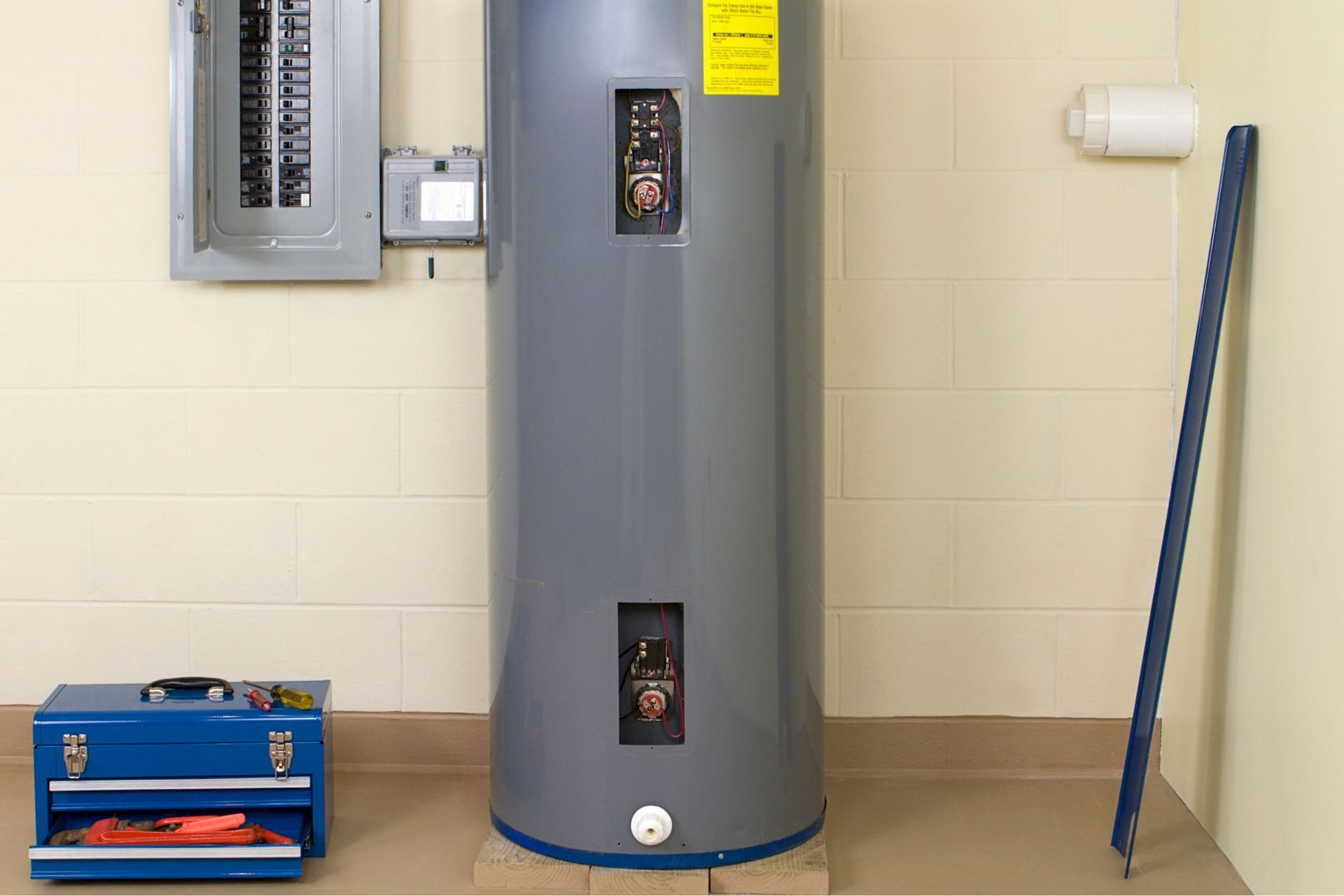Essential Care Techniques for Your Home's Hot Water SystemBest Practices for Caring for Your Home's Hot Water System
Essential Care Techniques for Your Home's Hot Water SystemBest Practices for Caring for Your Home's Hot Water System
Blog Article
How do you really feel about What Kind of Maintenance Do Water Heaters Need??

Hot water is vital for everyday convenience, whether it's for a refreshing shower or cleaning meals. To ensure your hot water system runs effectively and lasts longer, regular maintenance is essential. This short article gives functional ideas and understandings on exactly how to keep your home's warm water system to stay clear of disturbances and expensive fixings.
Introduction
Maintaining your home's warm water system could appear challenging, but with a couple of basic steps, you can guarantee it operates efficiently for years to come. This guide covers whatever from recognizing your warm water system to do it yourself upkeep ideas and recognizing when to call specialist aid.
Relevance of Preserving Your Warm Water System
Routine maintenance not only extends the lifespan of your warm water system yet additionally guarantees it runs effectively. Ignoring maintenance can lead to lowered performance, greater power expenses, and even premature failure of the system.
Signs Your Warm Water System Requirements Maintenance
Knowing when your warm water system requires interest can stop major issues. Look out for indications such as inconsistent water temperature, strange sounds from the heating unit, or rustic water.
Understanding Your Hot Water System
Prior to diving right into maintenance tasks, it's helpful to recognize the standard elements of your hot water system. Typically, this consists of the hot water heater itself, pipes, anode rods, and temperature level controls.
Regular Monthly Maintenance Tasks
Normal month-to-month checks can assist catch small problems prior to they intensify.
Flushing the Hot Water Heater
Purging your water heater gets rid of debris buildup, boosting effectiveness and prolonging its life.
Monitoring and Changing Anode Rods
Anode rods protect against rust inside the tank. Evaluating and replacing them when worn out is critical.
Checking and Adjusting Temperature Level Settings
Readjusting the temperature settings makes sure optimal efficiency and safety and security.
Do It Yourself Tips for Maintenance
You can do several upkeep tasks on your own to keep your warm water system in top problem.
Checking for Leakages
Frequently evaluate pipes and links for leaks, as these can bring about water damage and greater bills.
Examining Pressure Alleviation Valves
Testing the stress relief valve guarantees it functions properly and protects against extreme stress buildup.
Shielding Pipes
Protecting warm water pipes lowers heat loss and can conserve power.
When to Call an Expert
While do it yourself maintenance is helpful, some issues need specialist knowledge.
Complicated Concerns Requiring Expert Aid
Examples consist of significant leaks, electrical troubles, or if your water heater is regularly underperforming.
Regular Professional Maintenance Perks
Specialist maintenance can include detailed examinations, tune-ups, and ensuring compliance with safety and security criteria.
Verdict
Regular maintenance of your home's warm water system is important for effectiveness, durability, and expense savings. By adhering to these suggestions and recognizing when to seek expert assistance, you can make certain a dependable supply of warm water without unanticipated interruptions.
How to Maintain an Instant Hot Water Heater
Before tinkering with your hot water heater, make sure that it’s not powered on. You also have to turn off the main circuit breaker and shut off the main gas line to prevent accidents. Also turn off the water valves connected to your unit to prevent water from flowing into and out of the appliance. 2. When you’re done, you have to detach the purge valves’ caps. These look like the letter “T” and are situated on either side of the water valves. Doing so will release any pressure that has accumulated inside the valves while at the same time avoid hot water from shooting out and burning your skin. 3. When the purge valves’ caps are removed, you have to connect your hosing lines to the valves. Your unit should have come with three hoses but if it didn’t, you can purchase these things from any hardware or home repair shops. You can also get them from retail stores that sell water heating systems. Read the user’s manual and follow it to complete this task properly. When the hosing lines are connected, open the purge port’s valves. 4. You should never use harsh chemical cleaners or solutions when cleaning your unit. Make use of white vinegar instead. It should be undiluted and you’ll probably use about 2 gallons. 5. Now flush your water heater. This task should probably take about 40 minutes. We can’t give you specific directions for this because the procedure is carried out depending on the type, model and brand of your heater. With that being said, refer to the user’s manual. 6. When you’re done draining the unit, you have to turn off the purge port valves again. Remove the hosing lines that you earlier installed on each of the water valves. Put the valve caps (purge port) back in their respective places and be very careful so as not to damage the rubber discs that are found inside these caps. 7. Now that everything’s back in place, check your user’s manual again to find out how to reactivate your water heating system. 8. Once it is working, turn one of your hot water faucets on just to let air pass through the heater’s water supply pipes. Leave the tap on until water flows smoothly out of it. https://www.orrplumbing.com/blog/2014/september/how-to-maintain-an-instant-hot-water-heater/

I was made aware of that report about How to Maintain a Hot Water Heater in a Few Simple Steps through a buddy on another site. Be sure to set aside a second to promote this write-up if you enjoyed it. I take joy in your readership.
Book Maintenance Report this page